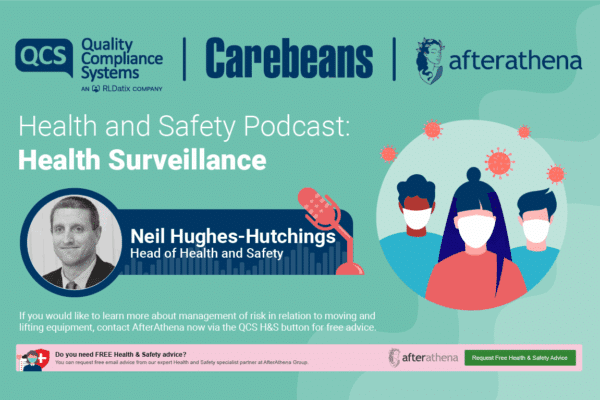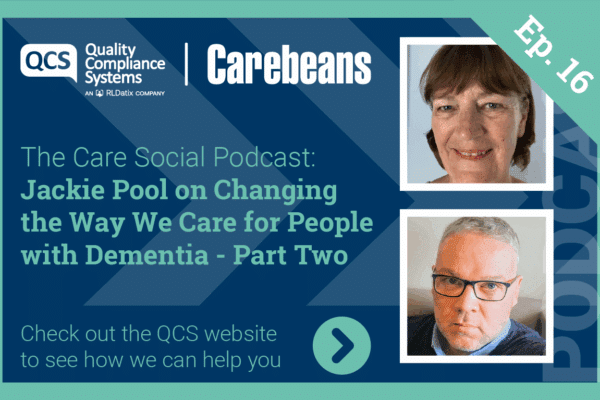 Sometimes, developing communication could be hampered by the basics.
Sometimes, developing communication could be hampered by the basics.
Ruby was a new worker who had previously had experience in a very forward thinking special school. Her job had been to assist the Speech and Language Therapist, so she came to the new job with a healthy understanding of how to assist in communication. At interview, she demonstrated a working knowledge of Intensive Interaction and enthused about how effective she had found this to be in opening up people who had previously been locked into their own world of solitude.
Intensive Interaction is a marvellous tool, although some find it hard to participate in, as it requires a degree of sensitivity to the other person and no shortage of concentration. It is based on the principles of early communication development and uses techniques of imitating and responding to the behaviour of the other to engage their attention and give positive feedback to their actions.
Good in theory
Ruby was keen to demonstrate her skill in this area, yet her first opportunity to see how the approach could be used in the new classroom setting was thwarted almost at once. Her previous experience of II had been with complex, challenged young people with severe learning disabilities. However, the youngsters she was working with now had another dimension to complicate things – they were all visually impaired.
The speech and language therapist noticed her dilemma and was supportive. Despite her years of training and experience in communication therapy, coming to this school had required out of the box thinking on a surprising scale. She said that she needed to re-learn a lot of her techniques in the face of visual impairment. We learn to communicate largely through visual cues. We rely on signs, symbols, gestures, expressions and eye contact.
There is no reason that Intensive Interaction cannot be used to great effect with people with complex needs and visual impairment, as Ruby soon discovered. It is just a question of developing contact through sounds and touch, rather that trying to make visual contact or by using visual cues. Indeed, people who are blind and have severe learning disabilities are even more in need of such a basic, fundamental communication approach as they can become insular, isolated and lonely without full sensory stimulation.
Good in practice
Ruby quickly established a wonderful conversation with a young man who used high pitched screaming to help him locate his position in the building – echoing differently in the corridor to the hall or the bathroom. Over time, the screaming became softer and more targeted; rather than constant noise, the man would stop, issue a short noise to open the ‘conversation’, which would be responded to as a repetition, then followed with a description of where they were in the building.
After the initial trepidation, Ruby became a persistent and persuasive intensive interaction practitioner, which in turn really enriched the lives of the people she supported. Her default position now, when meeting anyone new, is to assume nothing and explore everything. Which in itself is a good approach, given the numbers of people with profound learning disability who have undiagnosed vision problems.
If you want to learn more, there are some excellent courses run by the originators of the II approach; click on http://www.intensiveinteraction.co.uk for more information.
The research around visual impairment prevalence in this client group is here:
https://www.seeability.org/uploads/files/PDFs_Books_non_Easy_Read/PWLD_VI_prevalence_report.pdf
If you suspect that a person you are supporting could have sight loss or vision problems, then here is some helpful information on how you can help: http://www.rnib.org.uk/services-we-offer-learning-disability-services/information-services






